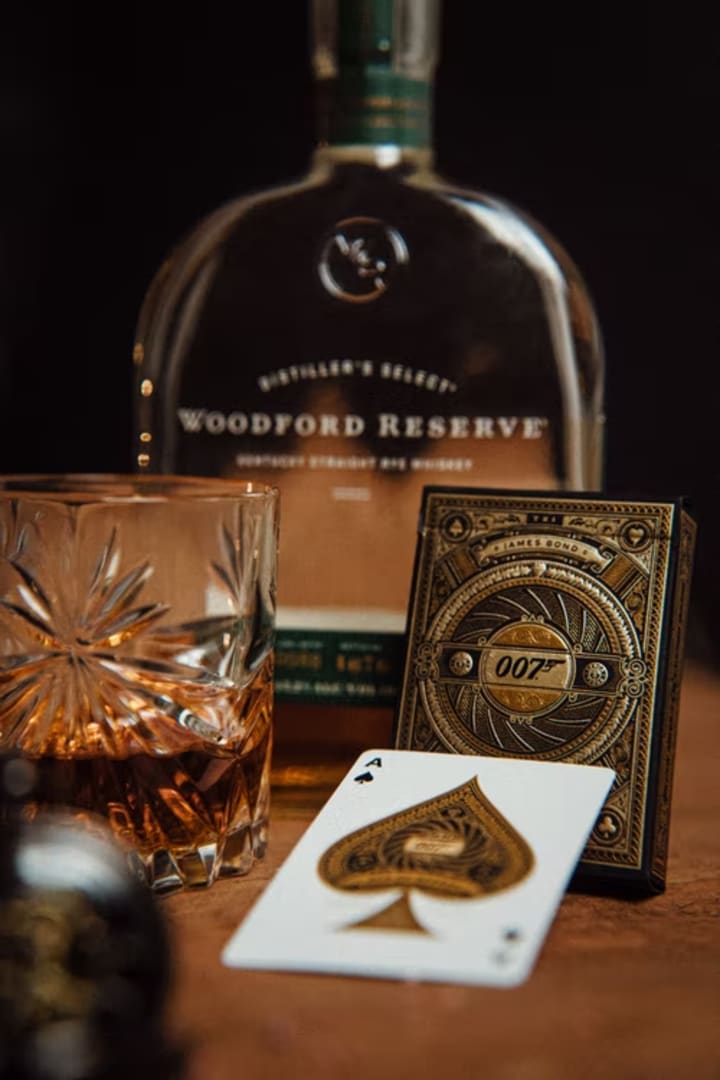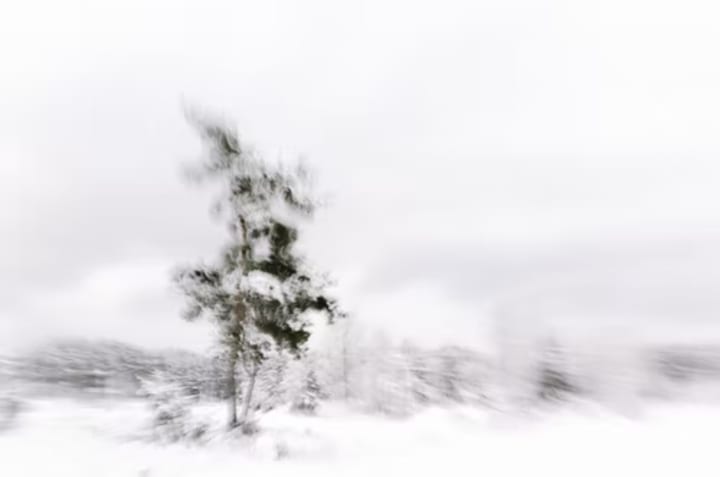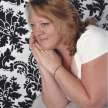Literary Modernism
Virginia Woolf and T.S. Eliot

Twentieth-Century Literature and Beyond
Some of the characteristics of the Twentieth Century include an "alienation" of the modern artist from society and a complete rejection of Victorian values. The prior centuries were marked by conviction and optimism and were replaced by skeptical irresolution and pessimism. The Twentieth-Century through the Twenty-first Century does not have a distinct literary genre as prior centuries that were distinguished by the social climates of the Romantic Period and the Victorian Era. The current century appears to have an eclectic sampling of literature including Modernism, Structuralism, Deconstructionism, Poststructuralism, Postmodernism, Postcolonialism, etc.
One of the keystones for current literature is the divide between "popular literature" and "high literature." During the Twentieth-Century, the availability of literature grew due to the technologies that emerged through invention and innovation. More and more people had access. Postmodernism emerged after World War II. Casino Royale by Ian Fleming was the first James Bond novel. This detective/spy novel contains elements of espionage suspected during the War Periods and Post War through the Cold War.

During the Victorian Era writers explored elements of human nature as seen in The Strange Case of Dr. Jekyll and Mr. Hyde by Robert Louis Stevenson. Modernism suggested that we move away from old types of writing and introduce new and exciting ways of telling a story. However, William Golding's novel Lord of the Flies explores human nature and the decisions individuals may make to survive.
The Romantic Era and the Victorian Era also portrayed real-life in various settings. Post World War II we see an emergence of Fantasy and Mythlore. The first installation of J.R.R. Tolkien's epic trilogy, Lord of the Rings was published in 1954, joining C.S. Lewis's magical children's stories contained in his seven-book series: The Chronicles of Narnia.

Fantastic tales continued through the Cold War Period. Charlie and the Chocolate Factory by Roald Dahl is a story of the humble rising in station due to goodness. One of my favorite novels from this period is Watership Down, written by Richard Adams. Again, human nature is explored through personification and the struggles of rabbits and their fight for survival.
What is Literary Modernism?
The stylistic and cultural origins of literary modernism stem from 19th Century Europe and the Industrial Revolution. This movement spread across Europe and North America. The modern artist, musician, poet, and novelist deliberately broke away from traditional expressions in their work. Abandoning the lyricism of the Romantic Era and the order and constraint of the Victorian Era, the modernist began to experiment with new forms, sometimes breaking the rules of order and rearranging them. This experimentation with literary form and expression spawned many sub-genres including Imagism, symbolism, vorticism, expressionism, futurism, surrealism, etc. Following World War I the literary artist began to examine society more closely, expressing more of the cynical and darker side of mankind.
One of the characteristics of literary modernism is the use of stream-of-consciousness. The stream-of-consciousness technique explored the differences between linear time and the human experience of time. As the clock ticks steadily ahead our minds jump around time, reflecting on the past while working on current puzzles that may also drive the mind to question the possibilities of the future. Virginia Woolf utilizes this technique in Mrs. Dalloway and The Mark on the Wall. This nonlinear approach appears disjunct, generating dissonance within the reader.
Expanding on the idea of jumbled imagery invoked by the stream-of-consciousness technique, T.S. Eliot adds the use of historical, biblical, and mythological characters to symbolize thoughts and ideas. In The Waste Land, Eliot explores human nature and the fallout of the world war on society through the use of imagery, symbolism, and what he calls the "mythical method". When reading his work we get the same disjunct feeling until we slow down and examine the images he includes. Our minds can then reorder the pieces in a manner that helps us understand the meanings within each line of poetry.
Though the literary works of Woolf and Eliot may not appeal to the popular fiction reader, their works will endure as intellectual and psychological literary works to explore and study for discussion and commentary.
Modernism Beyond Literature
One of the interesting characteristics of modernism is the broken, disjunct organization that creates visual or audible dissonance. The pieces don't seem to belong together. This concept and expression were present in all types of artistry and most notably in the sounds of music. Many composers incorporated sounds, techniques, and rhythms from Eastern music, introducing micro-tones and 12-tones. The music from the Classical and Romantic periods conformed to specific rules of form and Order. Rhythm and meter could be tapped out with a foot or finger. The modern composer could decide to employ a mixed meter or he may abandon meter altogether moving into non-meter; free moving or through-composed music. The feeling of moving water of the river or stream.
In The Art of Understand Art, Dr. Irina D. Costache discusses Modernism in terms that are easily understood:
Modernism defines specific cultural and artistic developments (called movements) from about the mid-nineteenth century to the second half of the twentieth century. Issues specific to the identity of modern culture and life, such as technology, simultaneity, fragmentation, speed, and others, were also at the core of Modernist art. The avant-garde is a key concept during this time period. Novel ideas and styles prompted the emergence of new artistic movements, which consistently rejected past values.

As Modernism emerged, so did the critics, who asked questions like "Can this be art?" Artists like Marcel Duchamp challenged the norms of art-making by using ordinary objects in his artwork. Like literature, art is a complicated human endeavor. Addressing the potential question, "Can this be art?" British aesthetician Clive Bell states:
Everyone in his heart believes that there is a real distinction between works of art and all other objects.
Duchamp's response may have been:
Ordinary objects can be elevated to the status of art because the artist has designated the object as art.
In her book, How Art Works, Ellen Winner explains:
The artwork is thus not the actual object but the idea behind it. Duchamp wanted to move art away from something to look at (he called that "retinal art") to art that makes us think - and to ask the question, "Why is that art? (7).

The Twentieth Century and the Twenty-first Century may have traveled away from traditional storytelling, yet the stories told are of man's nature. Like literature, art has migrated and morphed expressing new ideas through exploration and experimentation.
These changes cause us to examine what choices human beings make when required to act. What the possible consequences are of an individual's actions. And we can even ask more questions like, do people learn from the past? Do we become better or worse people through our actions and throughout history?
About the Creator
Rebecca A Hyde Gonzales
I started writing when I was about eight years old. I love to read and I also love to create. As a writer and an artist, I want to share the things that I have learned and experienced. Genres: Fiction, non-fiction, poetry, and history.






Comments
There are no comments for this story
Be the first to respond and start the conversation.